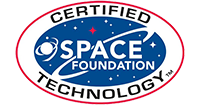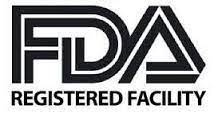Joint Pain
Joint pain is one of the most common health conditions, with over a third of adults reporting joint discomfort in national surveys. In this article, we’ll explain the causes of joint pain and break down some of the leading treatment options. We’ll also take a look at red light therapy for joint pain as well as the science and research behind it.
What are Joints and Why does Joint Pain Happen?
Our joints are the essential parts of our body that form connections between our bones allowing for movement. When they’re damaged or strained, it can cause pain and affect range of motion. The most common joints where people experience pain and discomfort are the knees, shoulders, and hips. Wrists and ankles are also common spots for joint pain.
So what causes joint pain?
Injuries and strain: The most common cause of acute joint pain is minor injury or strain. Twisting your ankle will stretch tendons, ligaments, and muscles around the joint, producing damage and consequently inflammation to repair these tissues.
Aging: As we get older, our joints gradually undergo wear and tear. Many people start to experience some joint stiffness and pain as they get older.
Arthritis: Arthritis is a range of conditions that cause swelling and tenderness in your joints. It affects over 50 million Americans.
Bursitis: Like ”sacs of fluid”, it helps to cushion frictions between tendons, muscles, and bones in the area of your joints. Bursitis term means an inflammation condition of these “sacs of fluids” that elicits pain.
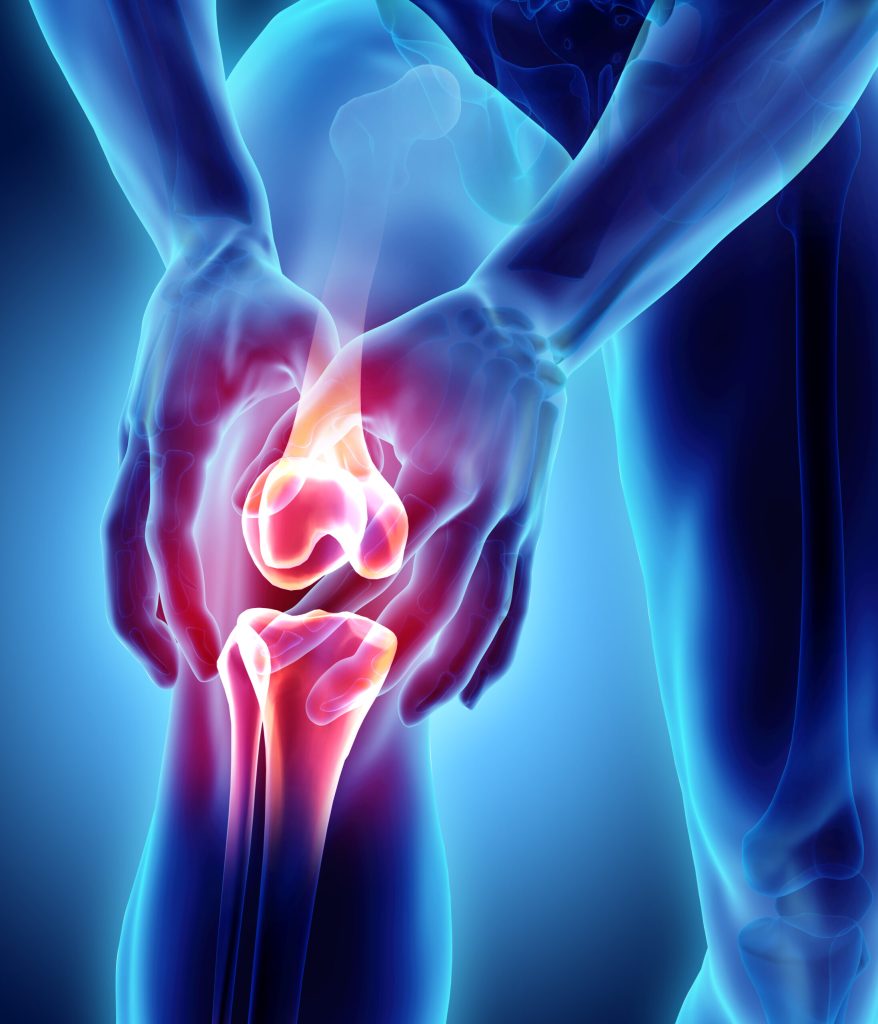
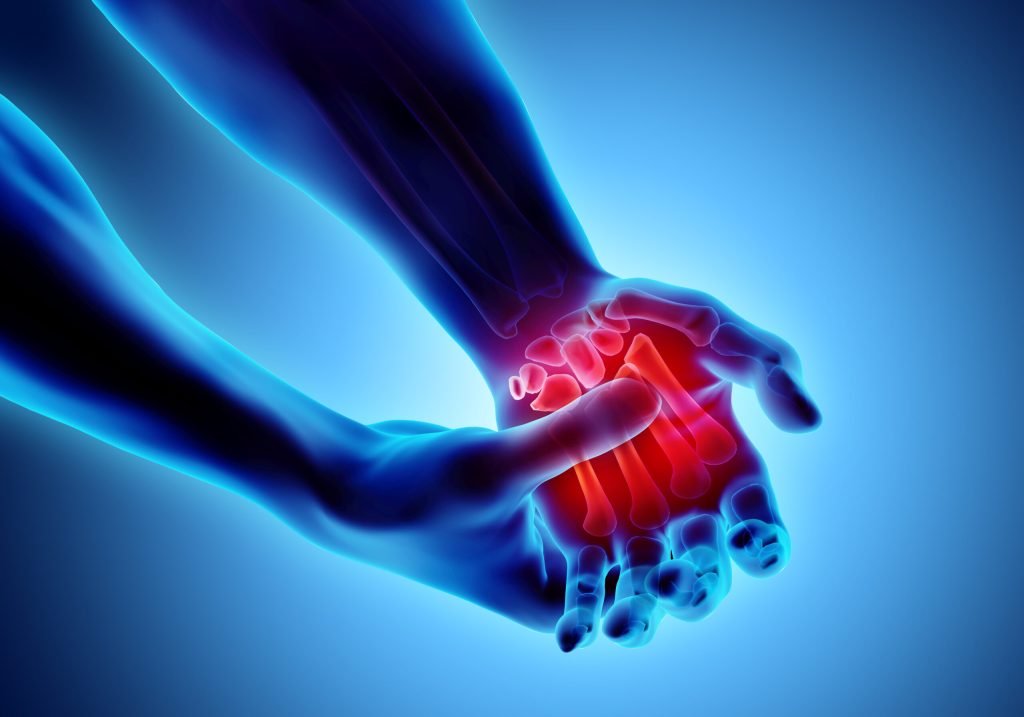
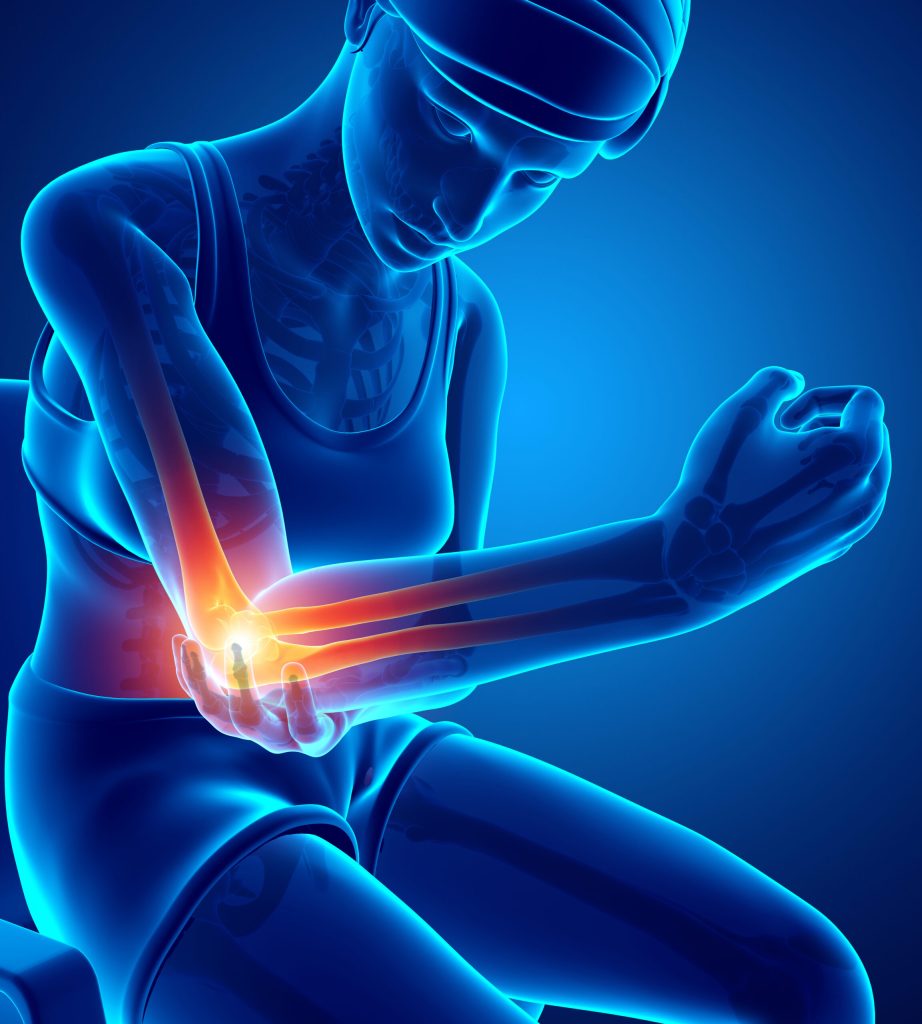
What is Arthritis and Why does it Cause Joint Pain?
Arthritis is defined as an acute or chronic joint inflammation in the joint that often co-exists with pain and structural damage. Arthritis isn’t just one disease, it’s a way of referring to over 100 joint conditions. Arthritis is extremely common being a third of the American population and this number is bound to increase with the mean population age. It’s also the single most common cause of medical disability in the U.S. Arthritic joint symptoms include pain, stiffness, decreased range of motion, and joint deformities The most common type of arthritis is osteoarthritis, which tends to worsen with age. Rheumatoid arthritis is another common autoimmune disease that causes activation and dysfunction of the immune system leading to inflammation and consequently pain in the joints
Clinical Evidence for Red Light Therapy for Arthritis and Pain Relief
Unlike most home remedies, red light therapy is backed by hundreds of peer-reviewed clinical studies that show effectiveness for pain and joint disorders, with very few risks or side effects. Below we’ll dive into some of the science and research behind LED red light treatments for pain.
Red light therapy for arthritis and joint pain:
Red light therapy has a strong clinical track record for osteoarthritis pain. In one double-blind clinical study, 50 patients with degenerative osteoarthritis in both knees were treated with either red light, infrared light, or a placebo for ten days.
There were no significant pain improvements in the placebo group. But the red and infrared groups saw their pain reduced by over 50%. This led the research team to conclude that red light therapy “is effective in relieving pain and disability in degenerative osteoarthritis of the knee.”
Red light therapy for ankle pain
In a 2018 clinical trial, patients with acute ankle sprains were treated with red light from LED devices for six days. Compared to a placebo group, the patients reported significantly less ankle pain after three days. The researchers concluded that red light therapy “is effective for pain and edema in the initial phase of ankle sprains.”
Red light therapy for lower back pain
Red light therapy has consistently shown good clinical results for lower back pain. Infrared and near infrared light have demonstrated improved pain scores in studies and trials, especially for the treatment of chronic lower back pain.
Conclusions: Red Light Therapy Can Improve Joint Pain
Joint pain is common, and it often persists despite the use of OTC medications. Red light therapy is a safe, effective therapy for various joint pain and inflammation concerns, and it’s backed by a large body of peer-reviewed clinical research and used by a large number of physical therapists around the world to treat pain. Using a quality, at-home red light therapy device like a ORA is quick and easy and can improve pain with consistent use.
Ora Red Light Therapy
Red Light Therapy FAQ
Are other, more scientifically vetted approaches a better choice for my skin condition? See your healthcare provider to confirm a diagnosis and discuss appropriate treatment options.
A note from Cleveland Clinic
Red light therapy is being promoted as a treatment for some common skin conditions. It’s still an emerging therapy but holds a lot of promise. If you’re interested in RLT treatment, it’s best to first discuss this with your healthcare provider or dermatologist. Your skin professional will examine your skin first and then confirm a diagnosis. Then, you’ll work together to discuss treatment options that’ll achieve your desired result. Options may or may not include red light therapy. Never hesitate to ask your healthcare provider about treatment options — including if you have an interest in a particular therapy, if it’s appropriate to use for your skin condition and if it’s safe and effective.
Red light therapy just five minutes before a workout can have substantial positive effects on your workout, including improved performance, decreased oxidative stress, reduced fatigue, shortened post-workout recovery time, and less muscle damage. It can even help you lose weight… and improve grip strength!
After workout
Red light therapy has shown much improvement in speeding up the recovery process after a particularly trying workout. Overuse of muscles can quickly lead to inflammation, so partaking in red light therapy post-workout can attack that inflammation before it surfaces.
The effects are photochemical, just like photosynthesis in plants. When the correct parameters are used, light reduces oxidative stress and increases cellular energy (ATP). This in turn improves cell metabolism and reduces inflammation. PBMT appears too good to be true as it has many applications, but really it does just one thing and it does it very well.
It reduces oxidative stress. Oxidative stress is essentially an imbalance between the production of free radicals and the ability of the body to counteract or detoxify their harmful effects through neutralization by antioxidants, is critical in helping the body recover. Oxidative stress is accepted as the underlying trigger for most diseases and degenerative conditions.
It is also a component in the inflammatory phase of acute and chronic injuries. Extensive research during last two decades has revealed oxidative stress can lead to chronic inflammation, which in turn contributes to chronic diseases including cancer, diabetes, cardiovascular disease, neurological disorders and pulmonary diseases.
Red Light Therapy has been effectively used as a nonmedical intervention for reducing recovery time resulting in athletes:
Running faster and longer with less fatigue
Lifting heavier weights
Achieving higher benchmarks sooner
As a non-medical intervention for musculoskeletal conditions such as:
Arthritis
Muscle soreness
Joint pain and stiffness
As a non-medical intervention for inflammatory conditions such as:
Fibromyalgia
Chronic fatigue
Rheumatoid arthritis
Psoriatic arthritis
See our Research & Case Studies page for how Red Light Therapy can help boost Athletic Performance and manage these conditions.
Manage Pain & Inflammation
Boost Weight Loss
Enhance Athletic Performance
Rejuvenate Skin
Reduce Fatigue
Pregnancy and cancer and clients that have had organ transplants. More research is necessary to detect any potential adverse effects on patients with these conditions before PBM Therapy can be utilized by these clients.
Yes, with parental informed consent.
All persons present during device operation must wear approved protective eyewear. Prescription contacts or glasses can be worn under goggles. Protective goggles are provided.
It is recommended 3 x per week until desired effects until goals are met. At that time you can reduce to 1 or 2 x per week for maintenance and wellness depending on your goals.
PBMT does not heat tissue, it does however increase circulation so a warming sensation is often experienced. Reported subjective feedback:
Temporary euphoric feeling.
Increased energy levels.
Improved sleep patterns.
Improved mood.
Improved skin clarity and tone.
Improved bowel function.
Decreased swelling of extremities.
Increased energy.
Increased mental clarity.
Increased general sense of well being.
These outcomes may not apply to every person, and are not intended to guarantee, promise, represent and/or assure that anyone will achieve the same or similar results. Occasionally some clients may experience mild fatigue, discomfort, or aches after treatment. These responses should reduce after 24-48 hours, if they persist notify your technician at your next appointment.
This Full Body Wellness Light Pod is a General Wellness Device. The device is built according to current Good Manufacturing Practices and is in compliance with applicable standards as required by FDA.
THE CLASS I INTENDED USES ARE:
Restoration of motion to joints
• Redevelop muscles
• Adjunct to obesity as part of a diet and exercise program
THE CLASS II INTENDED ARE:
Relaxation of muscles and relief from muscle spasms
• Temporary relief of minor muscle and joint aches, pain and
stiffness
• Temporary relief of minor pain and stiffness associated with
arthritis
• To temporarily increase blood circulation
No. The LEDs are cooled by a patent-pending cooling system to keep you comfortable.
10 – 15 minutes.
Every person’s condition is unique, therefore the treatment course is as well. However, there are some general rules of thumb that apply to PBMT.
Acute injuries and inflammation from muscle strains and sprains, cuts, bruises, burns, etc typically show very rapid improvement and can resolve in 3/4 times a weeks. Long-term, chronic conditions can take 2-3 weeks to get significant benefits, weeks to months for maximum benefits, then weekly or bi-weekly sessions may be necessary to maintain benefits. We recommend starting with 3 sessions for 3 weeks. Maintenance is 1 or 2 sessions a week depending on your goals.
To date there are over 550 Randomized Controlled Trials and over 4000 laboratory studies have been published using PBM devices. PBMT is used in thousands of clinics, hospitals and elite sports institutions in over 70 nations. There are approximately 40 new papers per month being published. The primary evidence is in musculoskeletal pain and dysfunction, however a wide variety of conditions are being studied as well. To review the published research, go to PubMed.gov and search by the terms Photobiomodulation, LLLT or Low Level Light Therapy.
Red Light Therapy can now be delivered to the entire body using a state of the art FULL BODY DELIVERY SYSTEM. Now in just 10 minutes, a full body light session that targets inflammation and stimulates repair can be delivered.
Wear whatever you want, preferably something easy to take off.
In your session, you will want to take off all clothing since light will not penetrate through cloth.





